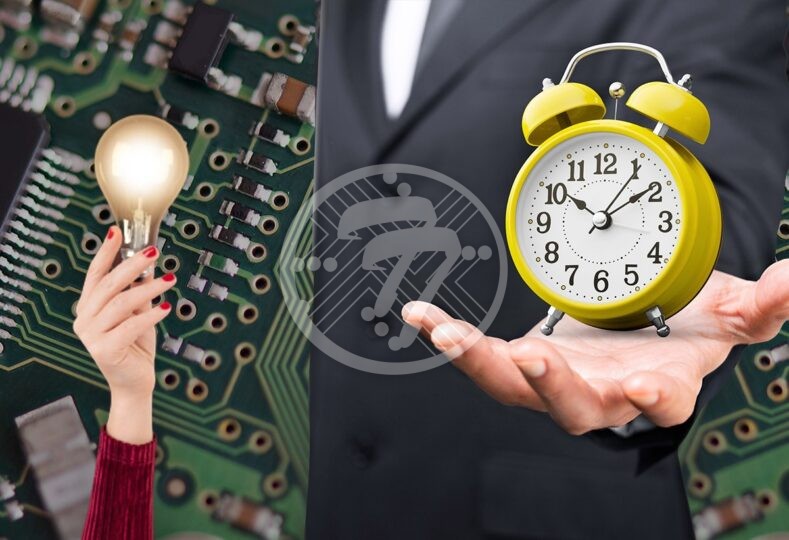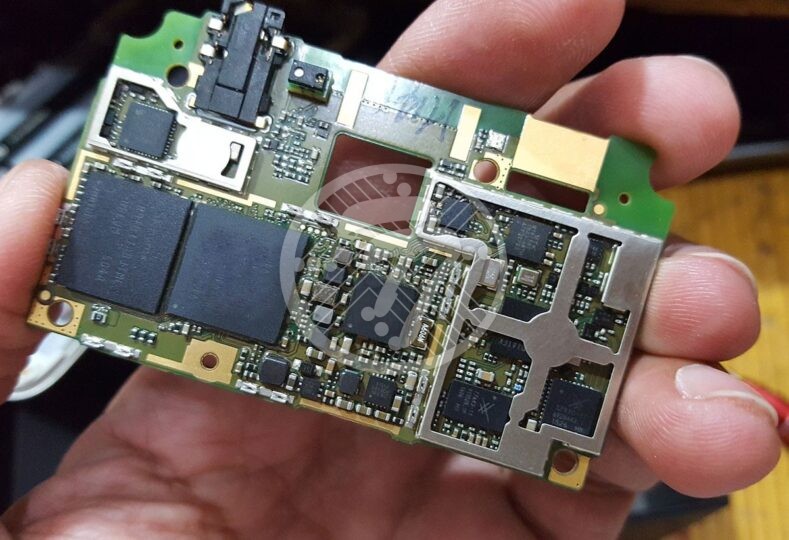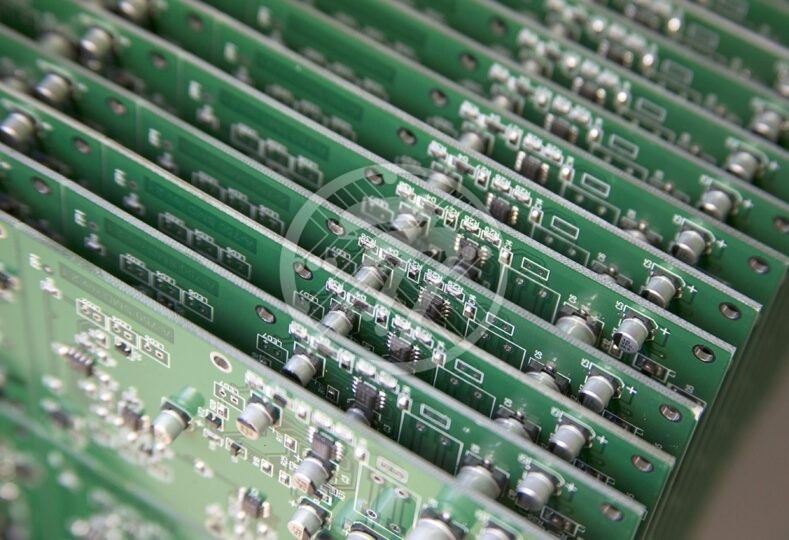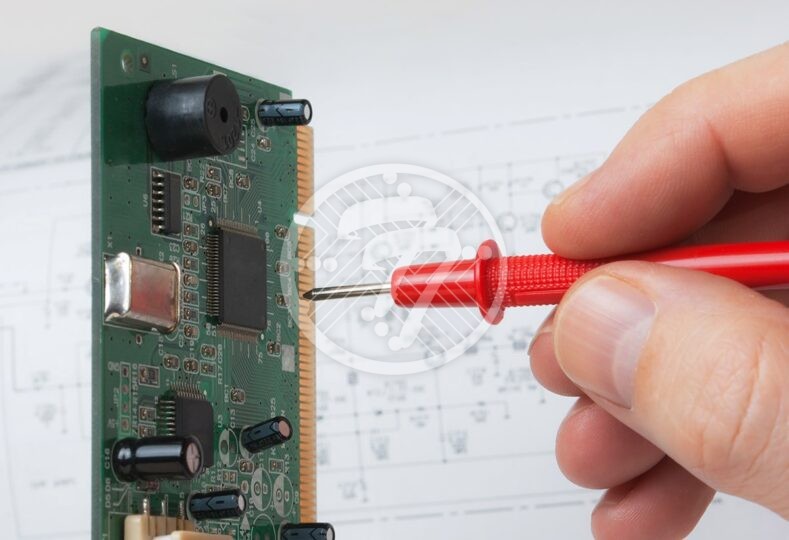Save Time and Energy by Keeping up with Technology and PCB Manufacturing Trends

The global market for Printed Circuit Boards or PCBs as they are known as in popular parlance, is growing exponentially. The market is in turn shaped by the growth of the electronics industry in general and by computers, smartphones and tablets in particular. As more and more opportunities arise from the combination of various technologies, the PCB market is slated to grow further. It is only prudent therefore to keep up with new trends in technology as well as in PCB Manufacturing.
Top PCB Industry trends are as below:
Digitalization
With increased digitalization along with the declining costs of data transmission and the growth of “Internet of Things”, it is forecasted that necessary infrastructure will emerge as the strong areas of growth. These include base stations for data transmission, computers, data centers and more. Within the computers segment, servers and storage media show tremendous growth potential
Growth of smartphones
The greatest technological growth drivers in the electronics industry are the smartphones. Not only are they the largest segment of the global electronics industry they are also the fastest growing. On account of the growth of IoT as well as the impending introduction of 5G Networks, the market for communication software is only slated to grow.
Consumer market
The consumer market which has demand for Printed Circuit Boards in products such as cameras, televisions and other smart devices, is currently not showing major growth. However this segment is likely to pick up driven by the growth of 4K TVs, smart watches, handheld projectors and more.
Automotive electronics- driving growth through new devices
As per Prismark report, the share of the automotive market in electronic systems which showed 8.1% decline in value in 2015 is now expected to grow. In fact the growth rates for electronic systems for the automotive market along with the printed circuit boards in this segment are projected to be significantly higher than the average overall figures for the global electronics industry.
The demand in this segment is driven by applications in the area of safety as also by the use of HDI and microvia PCBs. This include segments such as navigation, multimedia and infotainment systems, camera systems and electronic transmission control. The demand is also on account of the growth in the concept of autonomous driving which enables collection of data and information from camera systems, ultrasound sensors etc.
Medical Electronics
The growth in the medical electronic market is driven by the high level of complexity in the market viz diagnostic and imaging devices, therapy application, patient monitoring and more. Growth is also slated on account of application areas such as surgical lighting, analytical instruments and molecular diagnostics with a high degree of medical PCB prototype innovation.
Industrial Electronics
The industrial electronics market is influenced by applications in the area of measurement and control technology, power electronics, lighting systems as well as diagnostic instruments, RFID readers as also railway technology. Going forward, M2M or what is machine-to-machine as well as machine-to-man communication modules driven will drive further growth.
Other than mapping sector wise growth, some of the other trends to watch out for include:
Reshoring
With a host of issues cropping up with off shore suppliers, manufacturing is now seeing a resurgence of US based operations both on account of quality assurance and safety procedures. Reshoring also comes with the added benefits of lower costs as well as better customer support.
Green PCB Manufacturing
Increasingly the benefits of incorporating eco-friendly initiatives in the manufacturing process are becoming more and more evident. It allows for higher efficiency as also positioning the company as a responsible corporate citizen. TechnoTronix delivering innovative renewable energy solution for Green PCB prototype.
Cloud Technologies
With the increased need for cybersecurity, the use of cloud based technologies are on a rise. The cloud provider is in a position to monitor network traffic for any attacks, thereby allowing safe traffic to pass through to the website. These also allow small enterprises to be more competitive as cloud technologies come at a lower cost compared to traditional data storage and maintenance systems.
Artificial Intelligence
Artificial Intelligence or AI which has already made its way into homes is now set to change the industrial workspace and the world of manufacturing. This is not only true of assembly line robots or self driving devices but also areas such as analyzing data sets, market trend evaluations, overall decision making. In fact it is projected that AI alone can boost the manufacturing sector’s gross value added by $4 trillion.
The above are only a few areas that anyone working in the industrial manufacturing space should be aware of, in order to remain ahead of the curve. Preemptive knowledge and action in these areas will go a long way in enhancing productivity.
At Technotronix, we are fully equipped to handle your PCB manufacturing requirements. With over 4 decades of experience in PCB manufacturing as well as assembling PCBs with differing levels of complexities, we follow industry best practices to ensure we deliver cutting-edge products. Our team of experts and state-of-the-art equipment ensures that all our PCBs meet the industry standards of quality and testing. It is our vast portfolio of satisfied clients that stand as the biggest testimony to our success. In case if you have any questions, please feel free to contact us via email at sales@technotronix.us









